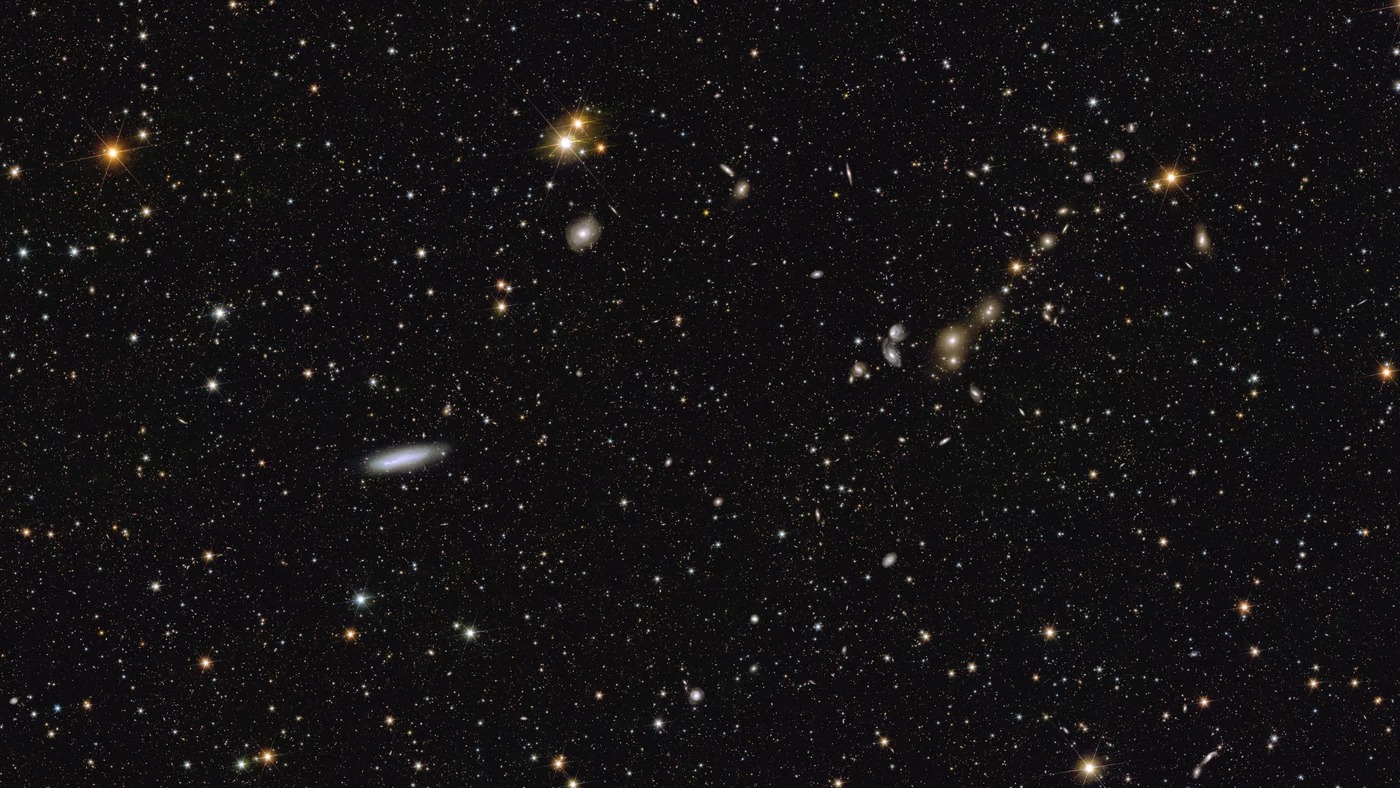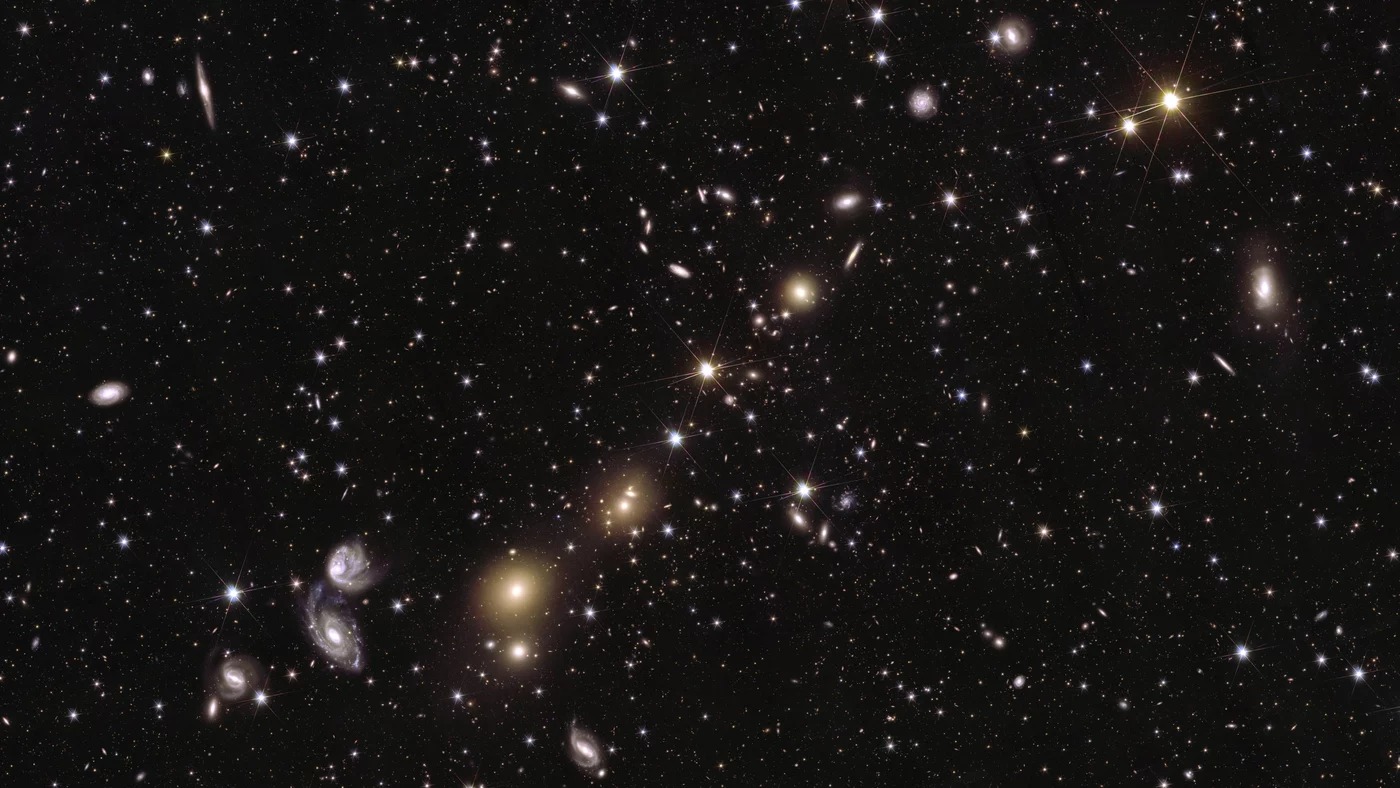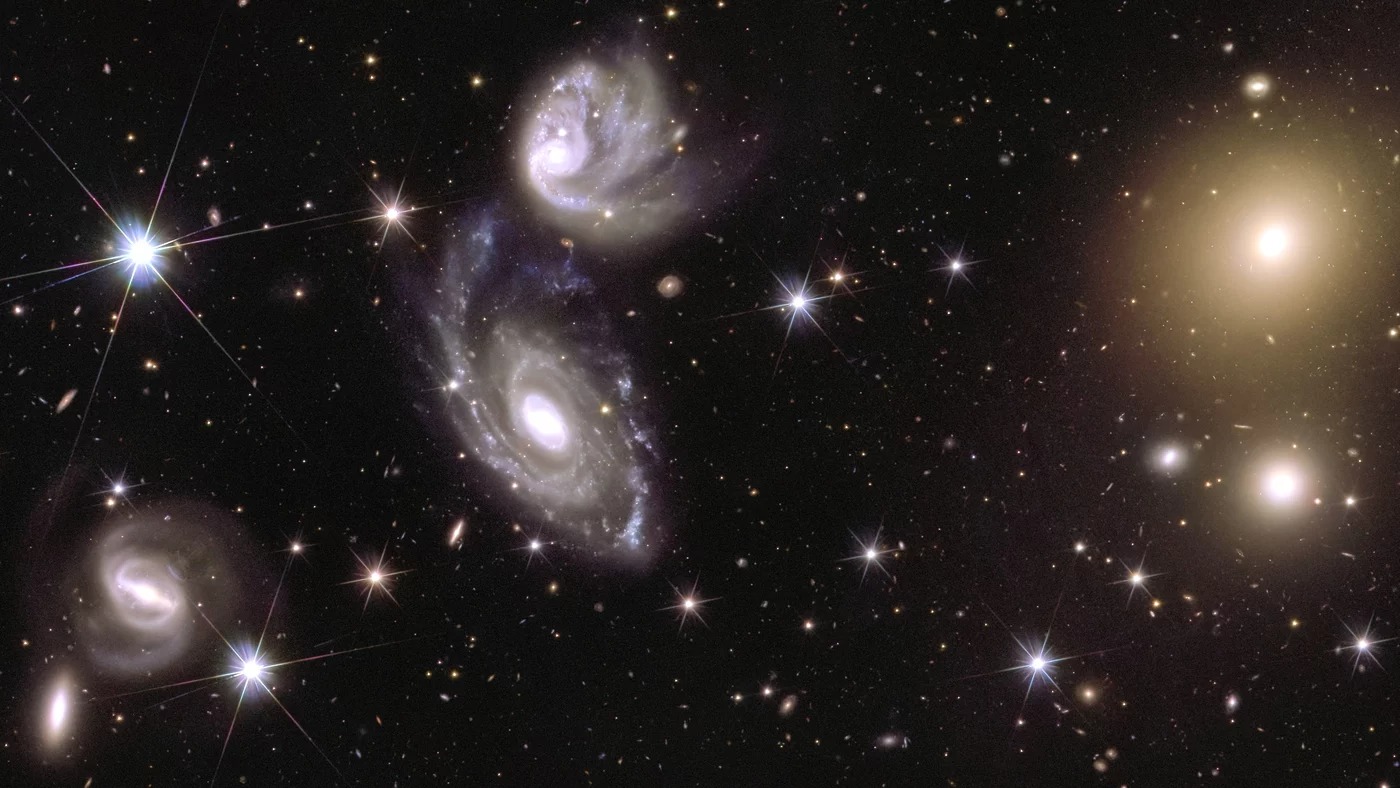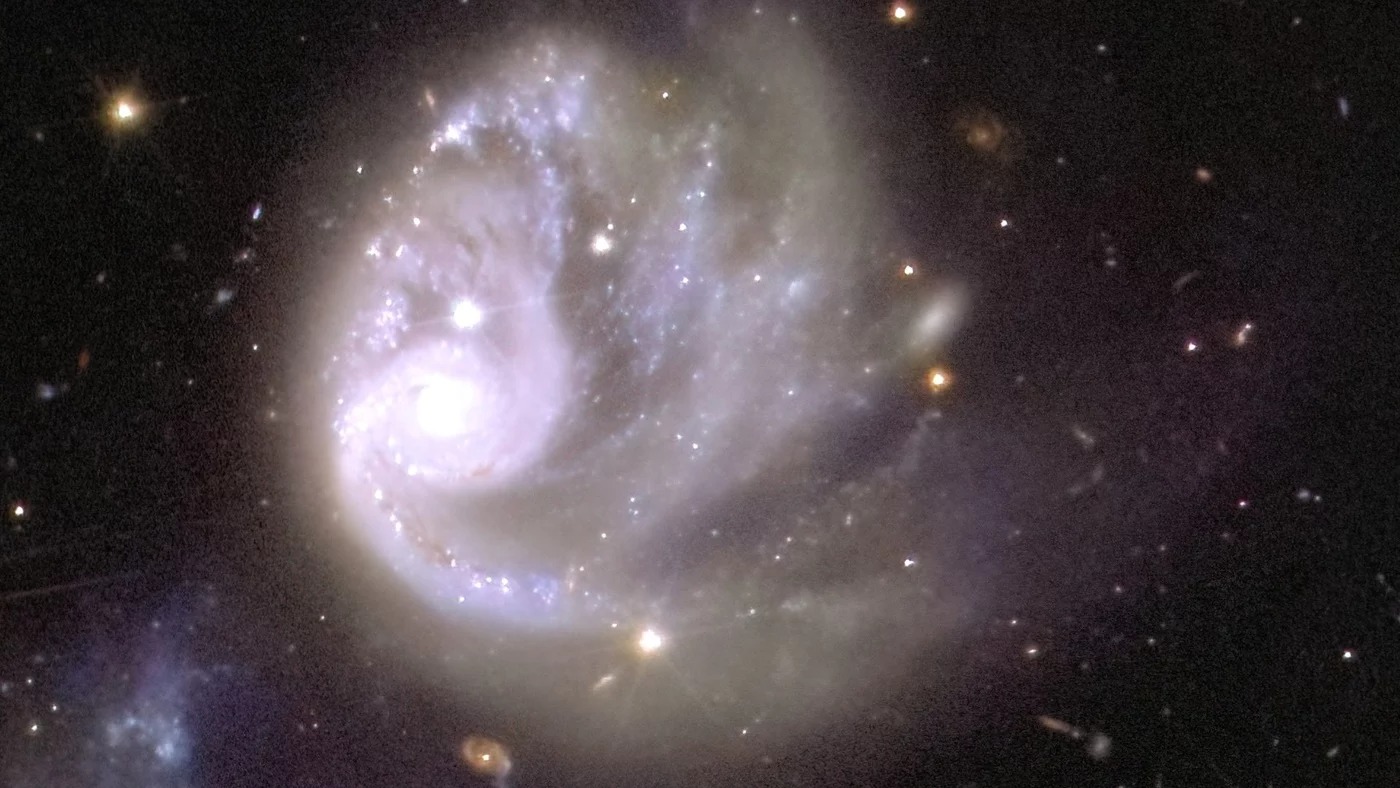The European Space Agency (ESA) has released the first part of a large-scale 3D map of the Universe, based on data from the Euclid telescope. This telescope is designed to study dark matter and dark energy, which together make up 95% of our Universe. Over the next six years, it will collect data to help scientists better understand these mysterious phenomena.

The first image has a resolution of 208 gigapixels and covers an area of the southern sky that is about 500 times the size of the full Moon. The panoramic photograph contains 14 million galaxies and tens of millions of stars from the Milky Way. This is just 1% of the complete survey which is planned by Euclid, covering billions of galaxies and providing a glimpse into the deep past of the Universe.
“This stunning image is the first piece of a map that will reveal more than one third of the sky in six years,” says Valeria Pettorino, project scientist.
One of the galaxies in the mosaic is located 420 million light-years away from Earth. The individual part of the image that shows this galaxy is only 0.0003% of the full 208-gigapixel mosaic.




The current phase of the survey has already covered 12% of the plan. About 100 gigabytes of data from the telescope are sent to Earth every day. These data not only provide spectacular images, but also help to study the distribution of dark matter and its manifestations, particularly gravitational lenses.
The first images from Euclid were unveiled in November 2023. Then the images of the Perseus cluster, galaxies of different types, globular clusters and the Horsehead Nebula were released. These images confirmed the power of the telescope and its ability to fulfill the mission’s ambitious goals.
We previously reported on how Euclid discovered 1.5 trillion orphan stars in the largest structure of space.
According to mpia.de


